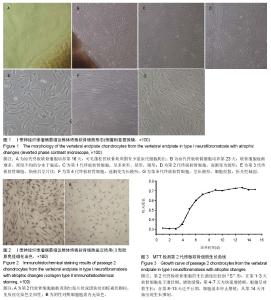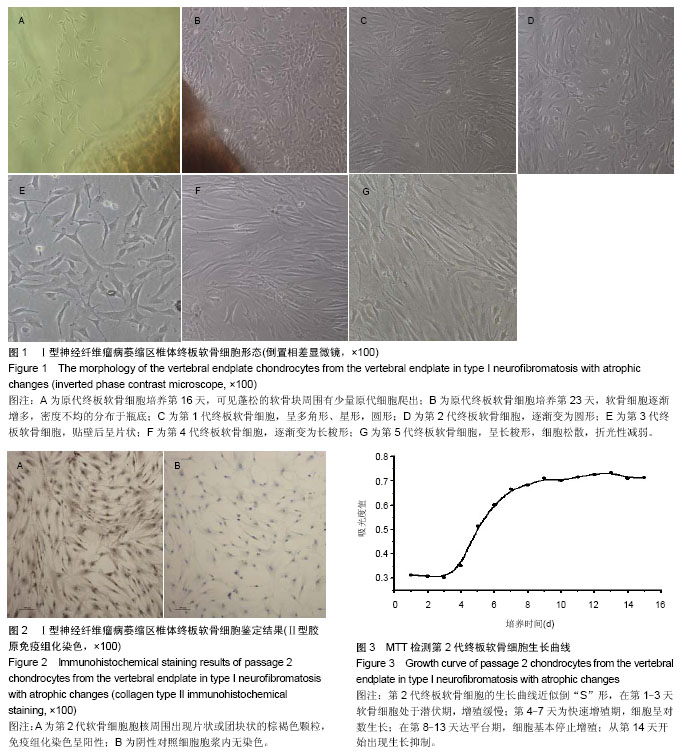[2] Crawford AH. Neuro?bromatosis. In: Weinstein SL, edi. The pediatric spine, principles and practice. 2nd edition. Philadelphia: Lippincott Williams & Wilkins, 2001:471-490.
[3] Viskochil D.Genetics of neurofibromatosis 1 and the NF1 gene.J Child Neurol. 2002;17(8):562-570.
[4] Gervasini C, Venturin M, Orzan F,et al.Uncommon Alu-mediated NF1 microdeletion with a breakpoint inside the NF1 gene.Genomics. 2005;85(2):273-279.
[5] National Institutes of Health Consensus Development Conference Statement: neurofibromatosis. Bethesda, Md., USA, July 13-15, 1987.Neurofibromatosis. 1988;1(3): 172-178.
[6] Riccardi VM, Kleiner B.Neurofibromatosis: a neoplastic birth defect with two age peaks of severe problems.Birth Defects Orig Artic Ser. 1977;13(3C):131-138.
[7] 朱锋,邱勇,王斌,等.神经纤维瘤病致营养不良性脊柱侧凸的影像学特征和临床意义[J].脊柱外科杂志, 2003,1(2):68-71.
[8] Ramachandran M, Tsirikos AI, Lee J,et al.Whole-spine magnetic resonance imaging in patients with neurofibromatosis type 1 and spinal deformity.J Spinal Disord Tech. 2004;17(6): 483-491.
[9] 陈晖,邱勇,王斌,等.Ⅰ型神经纤维瘤病软骨细胞生物学特性的研究[J].实用骨科杂志,2008,14(4):214-217.
[10] 成令忠.组织学与胚胎学[M].4版.北京:人民卫生出版社, 1995: 40.
[11] 靳小兵,罗卓荆,杨柳,等.人胚肋软骨静止区细胞的体外培养及生物学特性研究[J].中国矫形外科杂志, 2004,12(1):57-59.
[12] Dorotka R, Bindreiter U, Vavken P,et al. Behavior of human articular chondrocytes derived from nonarthritic and osteoarthritic cartilage in a collagen matrix.Tissue Eng. 2005;11(5-6):877-886.
[13] 刘小荣,张笠,高武,等.新西兰兔关节软骨细胞分离培养与鉴定的实验研究[J].国际检验医学杂志,2012,33(19):2307-2308,2312.
[14] 蒋萍,蔚芃,赵明才,等.Ⅰ、Ⅱ型胶原蛋白对人软骨细胞生物学特性的影响[J].中国组织工程研究,2014,18(30): 4845-4850.
[15] 张艳,柴岗,刘伟,等.体外培养过程中去分化的人软骨细胞基因表达谱的变化[J].中华整形外科杂志,2007,23(4):331-334.
[16] Isogai N, Kusuhara H, Ikada Y,et al.Comparison of different chondrocytes for use in tissue engineering of cartilage model structures.Tissue Eng. 2006;12(4):691-703.
[17] 曲淼,沈聪聪,侯亦康,等.软骨细胞生物打印后细胞活力分析[J].组织工程与重建外科杂志,2014,10(1):11-13.
[18] Vitale MG, Guha A, Skaggs DL.Orthopaedic manifestations of neurofibromatosis in children: an update.Clin Orthop Relat Res. 2002;(401):107-118.
[19] Ingram DA, Yang FC, Travers JB,et al.Genetic and biochemical evidence that haploinsufficiency of the Nf1 tumor suppressor gene modulates melanocyte and mast cell fates in vivo.J Exp Med. 2000;191(1):181-188.
[20] Bernick S, Cailliet R.Vertebral end-plate changes with aging of human vertebrae.Spine (Phila Pa 1976). 1982;7(2):97-102.
[21] Manning WK, Bonner WM Jr.Isolation and culture of chondrocytes from human adult articular cartilage.Arthritis Rheum. 1967;10(3):235-239.
[22] 张艳,柴岗,崔磊,等.不同类型人软骨细胞体外生物学特性比较[J]. 中华实验外科杂志, 2003,20(6):497-498.
[23] 宋卫东,刘尚礼,李卫平,等.人关节软骨细胞培养法的改良及其特有表型的检测[J].中华实验外科杂志,2003,20(2):147-148.
[24] 黄爱兵,邱勇,孙光权,等.人髂骨生长板软骨细胞的体外培养及鉴定[J].中国矫形外科杂志,2008,16(11):856-859.
[25] 田峰,崔学生,张帅,等.改良分步消化法培养原代软骨细胞[J].中国组织工程研究与临床康复,2011,15(20):3633-3635.
[26] 周强,李起鸿,戴刚,等.骺板软骨细胞复合三维支架体外构建组织工程软骨的研究[J].中国修复重建外科杂志, 2004,18(2):92-95.
[27] Miot S, Woodfield T, Daniels AU,et al.Effects of scaffold composition and architecture on human nasal chondrocyte redifferentiation and cartilaginous matrix deposition. Biomaterials. 2005;26(15):2479-2489.
[28] 刘振峰,方锐,孟庆才.Ⅱ型胶原酶消化法可短时间获得大量纯化大鼠关节软骨细胞[J].中国组织工程研究与临床康复, 2011,15 (50):9323-9326.
[29] 周强,李起鸿,戴刚,等.三步酶消化法高效分离兔原代关节软骨细胞及体外培养观察[J].中华外科杂志,2005,43(8):522-526.
[30] 林建华,陈晓东,邓凌霄,等.大鼠软骨细胞复制性老化的体外观察[J].中国修复重建外科杂志, 2007,21(11):1228-1232.
[31] Sandell LJ, Sugai JV, Trippel SB.Expression of collagens I, II, X, and XI and aggrecan mRNAs by bovine growth plate chondrocytes in situ.J Orthop Res. 1994;12(1):1-14.
[32] Fosang AJ, Beier F.Emerging Frontiers in cartilage and chondrocyte biology.Best Pract Res Clin Rheumatol. 2011; 25(6):751-766.
[33] 张莉,郭全义,眭翔,等.羊软骨细胞在生物反应器中的培养和扩增[J].中国矫形外科杂志,2006,14(6):446-448.
[34] Schwartz NB, Pirok EW 3rd, Mensch JR Jr,et al.Domain organization, genomic structure, evolution, and regulation of expression of the aggrecan gene family.Prog Nucleic Acid Res Mol Biol. 1999;62:177-225.

